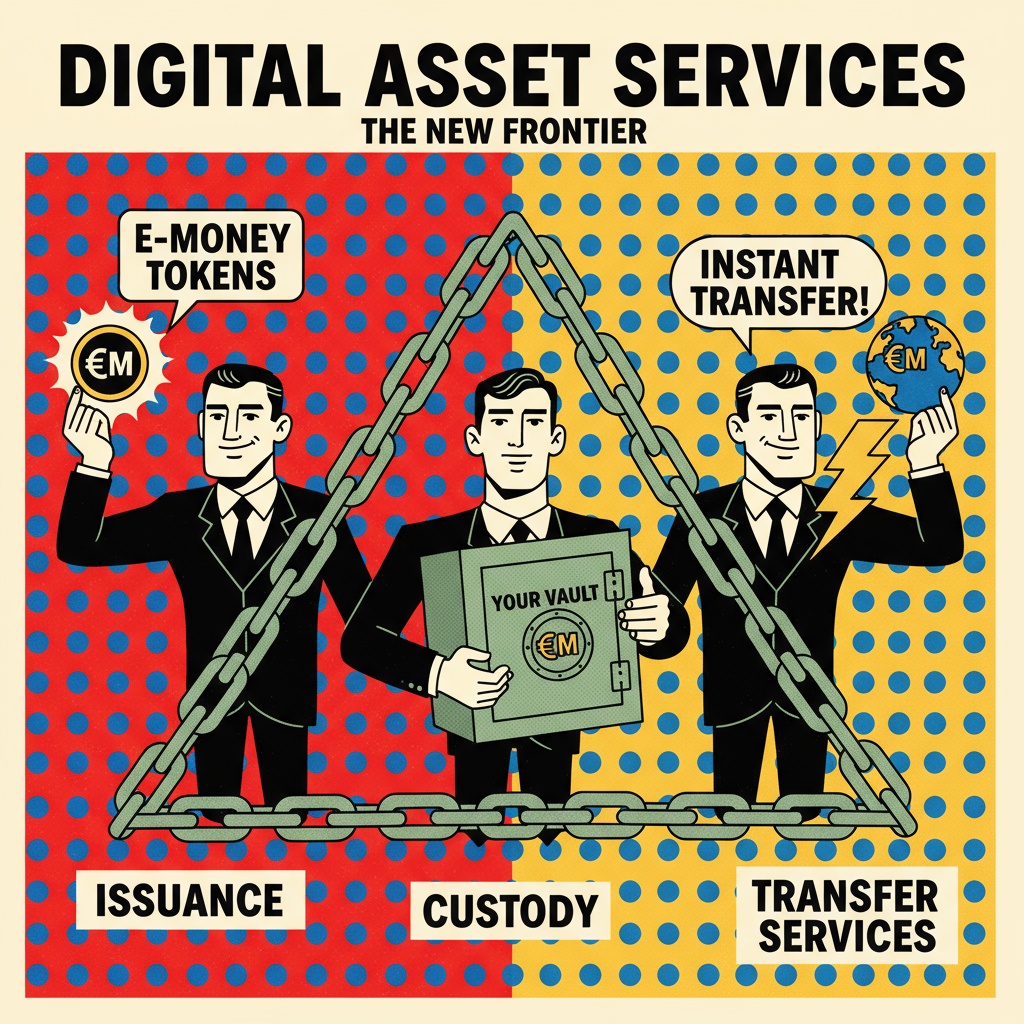European legislators are working diligently to overhaul European payment services law. The final versions of the new Payment Services Regulation (PSR) and the third Payment Services Directive (PSD3) are expected to be adopted at the end of 2025 or early 2026. One of the main concerns of the proposed revisions is the abolition of the second E-Money Directive (EMD2) while incorporating the provisions on e-money into the new PSD3 and PSR. Under the current PSD2 and EMD2 regime, the EU Commission had found that there were differences in the practical interpretation of the directives by the supervisory authorities of the member states, particularly with regard to the distinction between payment and e-money products, which were exploited by applicant companies. In future, therefore, all supervisory and civil law provisions relating to payment services and e-money services are to be regulated uniformly by PSD3 and PSR. The term “e-money institution” will then no longer exist. Instead, payment institutions will be able to apply to BaFin or the competent authority in each individual case for a license to provide e-money services in addition to or exclusively for payment services. But what exactly will e-money services be in this context?
E-Money Services as a New and Regulated Activity under Payment Services Law
The regulatory treatment of e-money business is to be integrated in accordance with the current draft of PSD3 through the introduction of the new term “e-money services.” According to this, e-money services are to include the issuance of e-money, the maintenance of payment accounts for storing e-money units, and the transfer of e-money units. E-money services would thus not only be the original issuance of e-money, but also downstream services related to the storage of e-money and the transfer of e-money units. It is striking that the definition in the current PSD3 draft does not separate the three different activities of e-money services with an “or.” The draft’s provisions, for example, regarding the required initial capital that payment institutions providing e-money services must have, are also uniform at €400,000, regardless of whether e-money is issued or only transfer services are to be provided in relation to e-money that may not have been issued by the institution itself. Furthermore, the draft PSD3 distinguishes between whether a payment institution offers e-money services or not when calculating the required own funds. Institutions that exclusively offer e-money services must always apply Method D, according to which the institution’s own funds must always amount to at least 2% of the average e-money in circulation. These provisions lead to the conclusion that the provision of e-money services can only be uniform, meaning that, for example, simply offering a storage facility for third-party e-money units in a payment account would not be classified as an e-money service.
Services Relating to E-Money Units without Issuer Characteristics Nevertheless Not Unregulated
Services provided by payment institutions that do not themselves act as e-money issuers would nevertheless be covered by the new PSD3 and PSR regulations as regulated activities. This is because, according to the new definitions in PSD3, e-money units should always qualify as money. This means that e-money units are generally also potential subjects of traditional payment services. If, for example, a service provider wishes to offer to store e-money units issued by a third party in a payment account and to enable transfers of these units to and from the payment account, this activity could simply constitute deposit and withdrawal business within the meaning of No. 1 and/or 2 of Annex I to PSD3. The provider would then have to obtain a license as a payment institution for this activity. A license to provide e-money services would not be required. In the future, such demarcation issues could arise particularly frequently in the area of e-money tokens, which are also considered e-money under Article 48(2) MiCAR. It is in the nature of tokens that they cannot be held or transferred exclusively by the issuer. Consequently, it is also very likely that companies will use them to provide financial transfer services or other payment services, for example. In such cases, the additional question arises as to whether, in addition to a BaFin license for payment services, a license as a provider of crypto-asset services is also required.
Attorney Dr. Lutz Auffenberg, LL.M. (London)
subscribe to Newsletter






